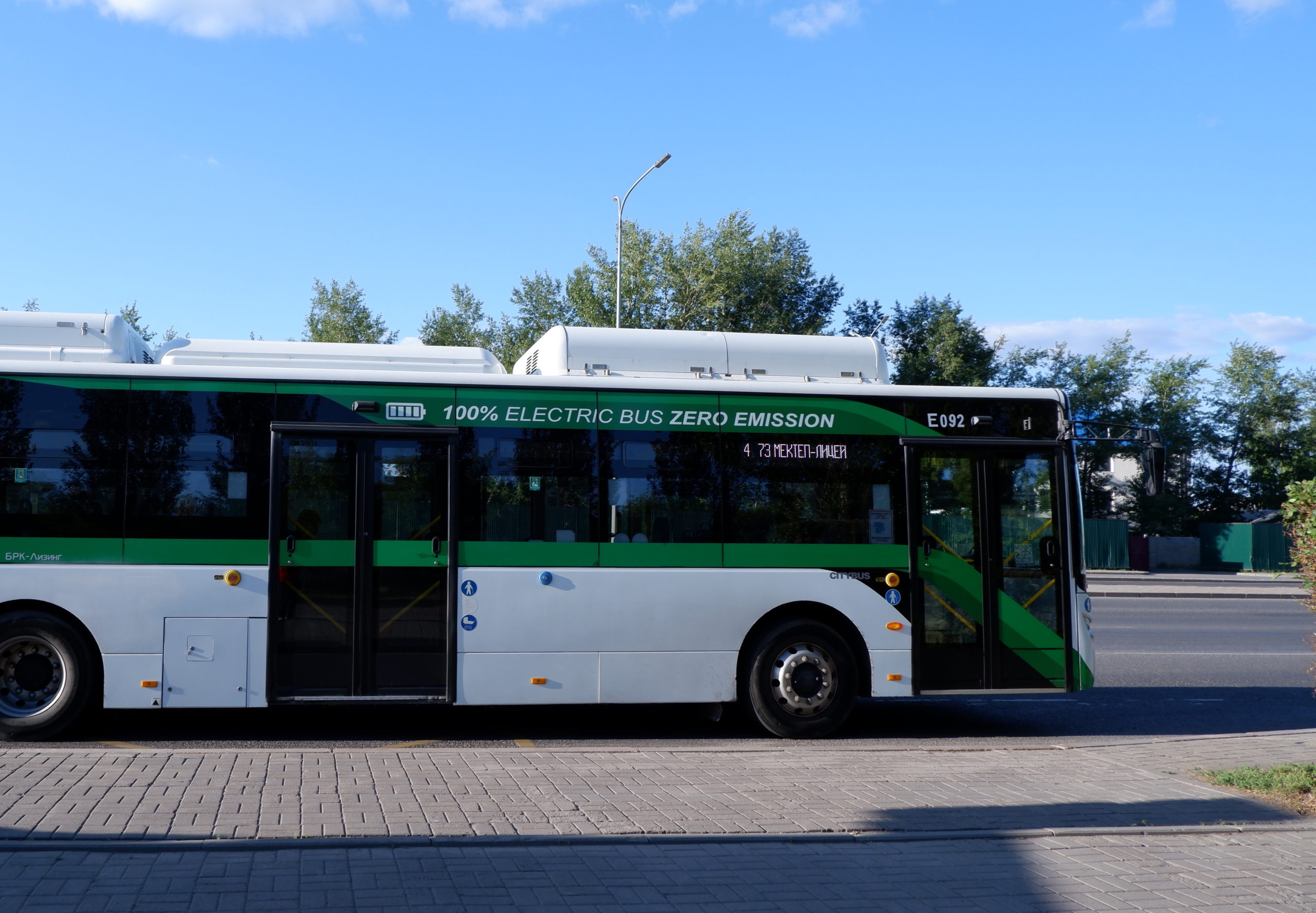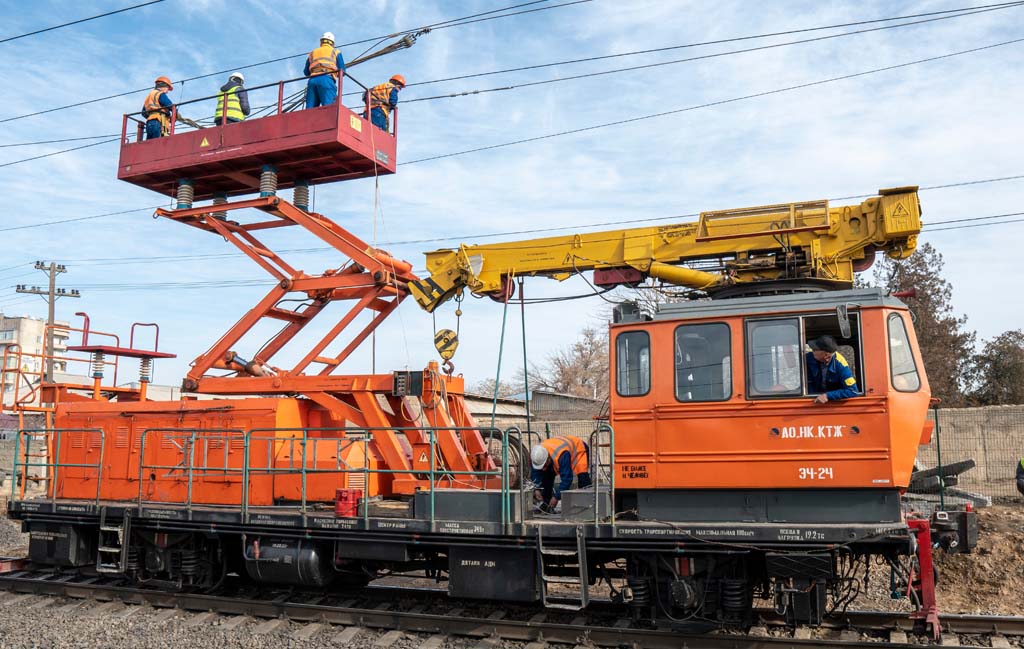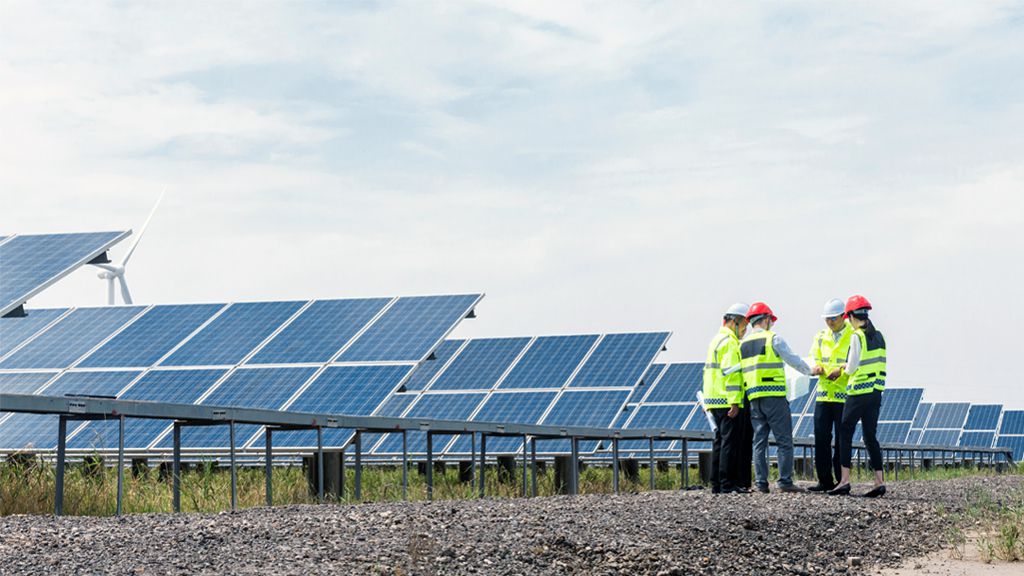
- Energy, Environment

- Climate change, Energy, Governance and public sector management

- Economics, Energy, Governance and public sector management, Health, Social development and protection

- Energy, Environment, Governance and public sector management, Transport

- Climate change, Economics, Environment

- Economics, Industry and trade, Subjects, Transport

- Economics, Industry and trade, Private sector development, Subjects, Transport

- Climate change, Energy, Finance sector development

- Energy, Governance and public sector management

- Climate change, Finance sector development

